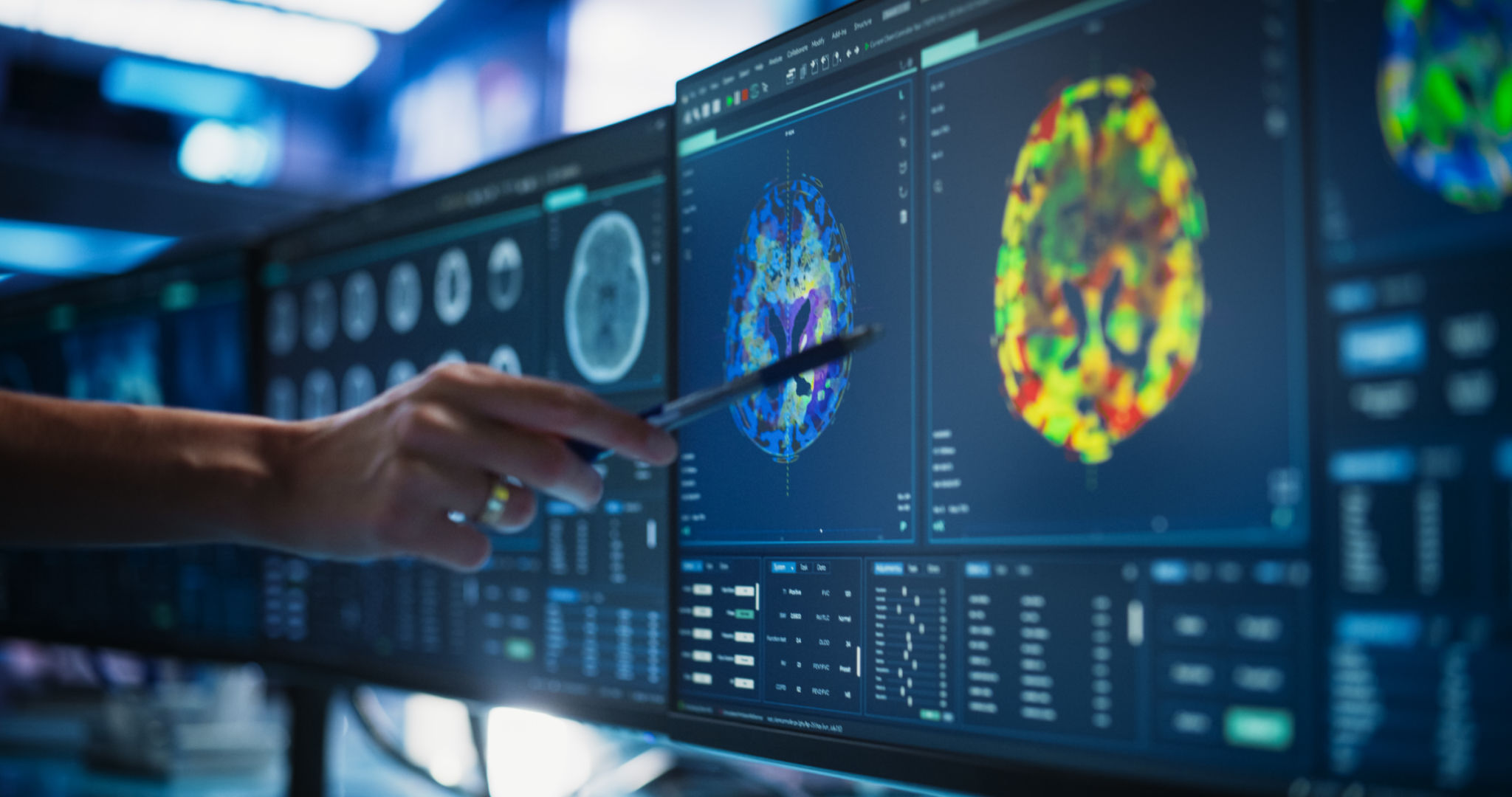Myths vs. Facts: What You Need to Know About Organoid Electrical Stimulation
Understanding Organoid Electrical Stimulation
Organoid electrical stimulation is a burgeoning field that combines the intricacies of biological sciences with advanced technology. As interest grows, so do the myths surrounding it. Let's delve into what organoid electrical stimulation truly entails and dispel some common misconceptions.

Myth: Organoids Are Just Miniature Organs
A common myth is that organoids are simply tiny replicas of human organs. While they mimic some aspects of organ structure and function, it's crucial to understand that organoids are not complete organs. They lack certain features such as blood vessels and nervous systems, which limits their functionality compared to a full organ.
Organoids are valuable for research because they provide a more accurate model for studying human diseases and drug responses than traditional cell cultures. However, expecting them to perform like full-scale organs is a misconception.
Fact: Electrical Stimulation Can Enhance Organoid Functionality
One of the most exciting prospects in this field is the use of electrical stimulation to enhance the functionality of organoids. By applying electrical impulses, researchers can encourage these structures to develop characteristics that are more similar to actual human tissues.
This technique is especially promising in the study of neurological disorders, where stimulating neural organoids can lead to breakthroughs in understanding diseases like epilepsy or Parkinson’s. Electrical stimulation is a powerful tool that opens up new avenues for research and treatment.

Myth: Electrical Stimulation Is Painful or Harmful
Another myth is that electrical stimulation might be painful or harmful to the organoid, akin to shocking a living being. In reality, the levels of electrical stimulation used in research are carefully controlled and are designed to mimic natural biological processes rather than cause damage.
- The stimulation is applied at a micro-level, ensuring precision.
- Researchers are constantly developing safer methods to apply these electrical impulses.
Fact: Safety Protocols Are a Priority
Safety is paramount in any scientific research, and organoid electrical stimulation is no exception. Rigorous safety protocols ensure that experiments do not harm the organoids or skew results. Researchers adhere to strict guidelines and continuously monitor the effects of electrical stimulation to ensure its efficacy and safety.

Moreover, advancements in technology have led to more sophisticated equipment designed to deliver electrical impulses with precision, further minimizing risks and maximizing potential benefits.
Myth: The Applications Are Limited
Some believe that the applications of organoid electrical stimulation are limited to a narrow range of studies. In truth, its potential applications are vast and varied. The technique is being explored in fields ranging from regenerative medicine to cancer research.
As our understanding of organoid behavior under electrical stimulation grows, we anticipate even more innovative uses across different scientific domains.
Fact: A Promising Future for Medical Research
The future of organoid electrical stimulation is bright. This technology holds promise for revolutionizing how we study complex diseases, test new drugs, and even develop personalized medicine strategies. By bridging the gap between biology and technology, researchers are paving the way for groundbreaking discoveries.
As with any scientific endeavor, it is essential to approach this field with both enthusiasm and caution, ensuring that myths do not overshadow the facts. By focusing on evidence-based research, we can continue to unlock the full potential of organoid electrical stimulation.